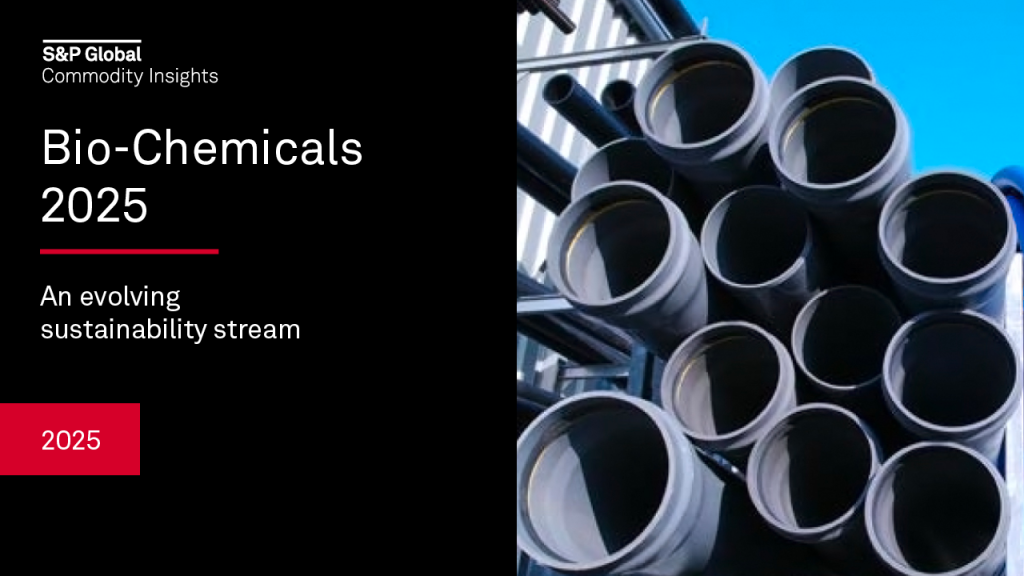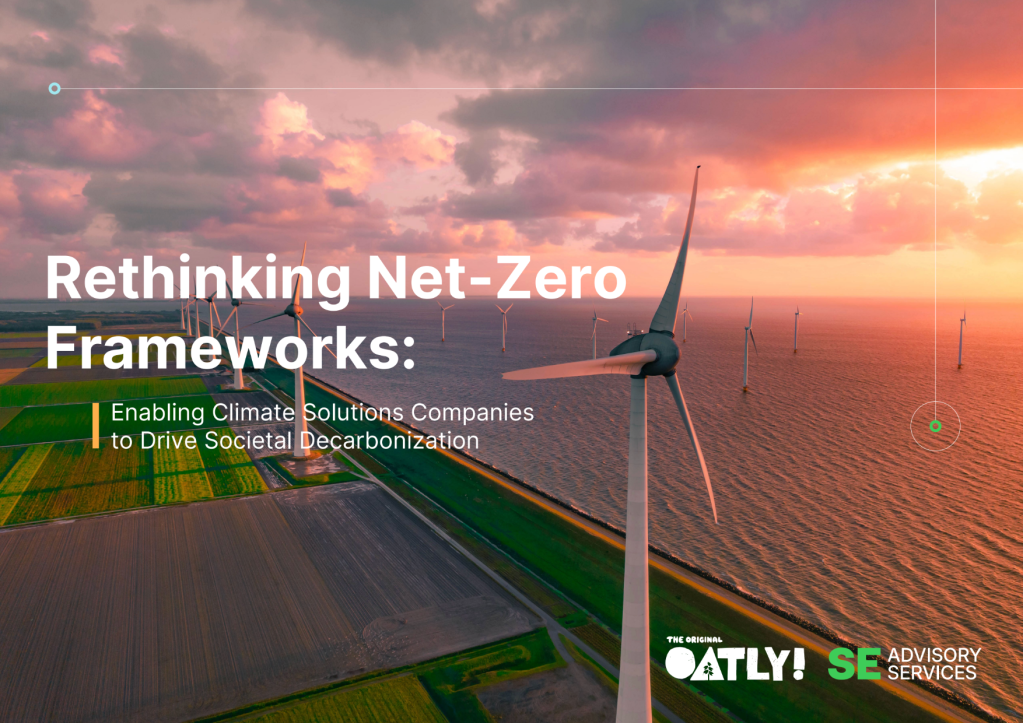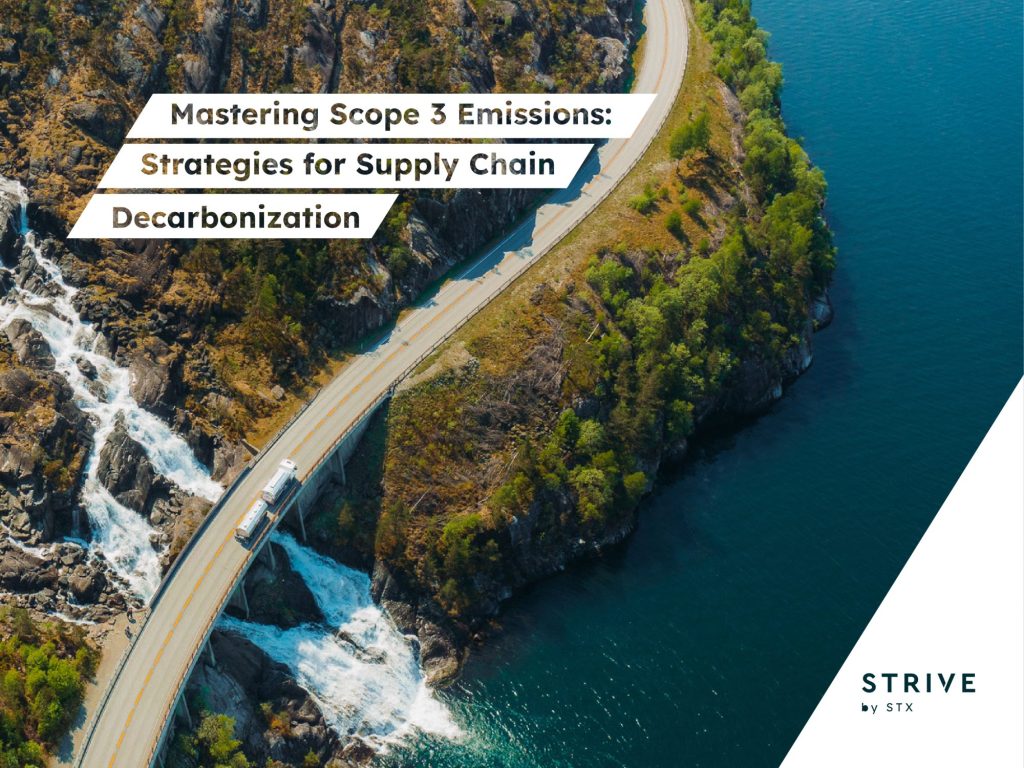Navigating the path to sustainable and efficient operations
Proactive management can quickly transform efficiency, reliability and productivity while accelerating the wider transition towards net zero. Read More

For industrial facilities, the single biggest risk to operations and profitability is the unexpected loss of production. If a failure occurs, the race is on to quickly identify and fix the issue and mitigate any resulting damage as fast as possible. Aging assets and increasingly complex electrical systems make traditional reactive management inadequate for modern industrial operations.
Typically, electrical asset management is reactive; responding to problems that have already been identified or manually finding and fixing emerging issues before they develop into full-blown faults. Electrical equipment often does not show any outward signs of wear, even at the point of imminent failure.
Reactive maintenance is inherently inefficient and labor intensive, requiring a larger headcount for on-site teams, but it is also fundamentally bad for operational resilience. It can result in unnecessary servicing, higher downtime, inflated operational costs, and can also lead to non-compliance issues, reputational problems and even impacts on share value. Ultimately, while reactive maintenance addresses symptoms, it fails to address the deeper underlying causes.
As electrification technology becomes ever more advanced, the growing sophistication and complexity of electrical systems makes it increasingly difficult to understand the intricate interrelationships among component parts. For example, an unplanned outage at a factory may be traced back to an individual circuit breaker. Replacing the breaker may treat the symptom, but it won’t identify or address the underlying electrical issues which caused the breaker to fail in the first place. If the real problem is hiding upstream and not dealt with, then at some point the replacement breaker is also likely to eventually fail, and no amount of reactive maintenance on the breaker itself will prevent it. Forward-thinking operations teams will look to a solution that can help them mitigate the problems before they arise.
Navigating a difficult landscape
The sheer cost of downtime cannot be overstated. For an offshore oil platform, every hour of production outage can potentially cost millions of dollars in lost revenue. In food and beverage facilities, lines may need to be sterilized and reset before production can resume. A blast furnace at a steelworks can take several days to cool down for maintenance, and then several more days to heat back up for production to continue. Even a minor trip or temporary outage on a critical piece of electrical equipment can have far-reaching and long-lasting effects on operations and profitability.
As well as facing a constant battle to build and improve operational resilience, organizations also need to rapidly become more sustainable and ultimately work towards achieving net zero. What this looks like in practice may differ from organization to organization, and even from site to site. Widespread integration of renewable energy sources, while pivoting away from fossil fuels, is fundamentally necessary if society is to reach net zero within the necessary timeframes. However, while bringing new renewable energy sources online is imperative for sustainability, it also introduces new challenges when it comes to ensuring the reliable and predictable management of electrical systems.
The growing engineering skills shortage is another major challenge. Vital expertise in electrical systems is leaving the industry faster than it can be replaced, and this makes it increasingly difficult to attract and retain personnel with the knowledge required to maintain, improve and optimize often highly specialized equipment. Knowing when and how to maintain equipment, or when to make upgrades to meet new regulatory or sustainability requirements, requires a deep understanding of equipment as well as the wider systems around it.
In addition, making these calls correctly and at the right time also requires a deep understanding of contextual factors specific to a particular site, and even to a specific application or piece of equipment. The modern maintenance technician must stay on top of an ever-growing list of different issues and disciplines, from making systems more sustainable to protecting against data breaches, as well as new developments in cyber warfare. In doing so, they must also always prioritize safety.
Electrification technology is constantly evolving, and knowledge can very quickly become out of date. Ensuring assets are being managed adequately using only in-house resources is proving increasingly difficult. Traditional in-person reactive maintenance relies heavily on scheduled manual inspections, and on personnel relying on their experience and training to respond quickly with the appropriate interventions. In the event of an unexpected failure, every minute counts. If the right expertise is not immediately available on-site, then it can take hours or even days for a qualified expert to arrive, further exacerbating any production losses.
Shifting from reactive to proactive asset management to reap operational and sustainability gains
To achieve maximum reliability, safety and sustainability of operations, a fundamental rethink is required in how we approach the management of existing assets. Constantly firefighting problems as they develop is costly and inefficient, and it typically provides a bandage rather than a permanent solution. What plant operators and maintenance managers need is a more holistic and strategic view of what is really happening within their plant, which in turn can help them to modernize and optimize.
Changing how we approach asset management means changing the KPIs by which we measure it. Rather than finding and fixing problems as they occur, we need to understand and mitigate their underlying causes. In doing so, we can predict and prevent faults long before they risk causing downtime. Moreover, adopting an outcome-based approach also opens up vast opportunities to optimize based on the organization’s wider strategic goals, helping to improve output while reducing costs and energy. This allows solutions to be conceived and implemented that not only make sense for the maintenance engineer on the ground, but also make sense in the boardroom, helping to drive improved profitability across operations.
Through its Electrification Service business, ABB is redefining the concept of advisory services. Rather than troubleshooting individual problems, it approaches organizations and their specific issues holistically, connecting the dots between operations and big-picture business goals, assessing the current baseline of electrical systems using digital monitoring and conscientious data collection, and guiding customers in how to achieve more with less for long-term profitability. Crucially, it involves ABB’s service experts working closely with customers to understand their desired outcomes, and identifying agnostic solutions to deliver those outcome.As the energy landscape evolves, so too must the maintenance strategies used to optimize and modernize the electrical equipment and systems powering modern industry. ABB seeks to address today’s problems with tomorrow’s solutions, with net zero as the ultimate end goal. Every organization’s journey to net zero will be different, but common to each journey is the need to ensure that electrical systems are safe, reliable and sustainable. ABB aims to bridge the gap between old and new by pioneering new technologies and services to make the energy transition happen in a sustainable and reliable way. By maximizing energy efficiency, reducing costs and cutting carbon emissions, the service helps customers to achieve their sustainability and financial goals, and future-proof their operations.

















